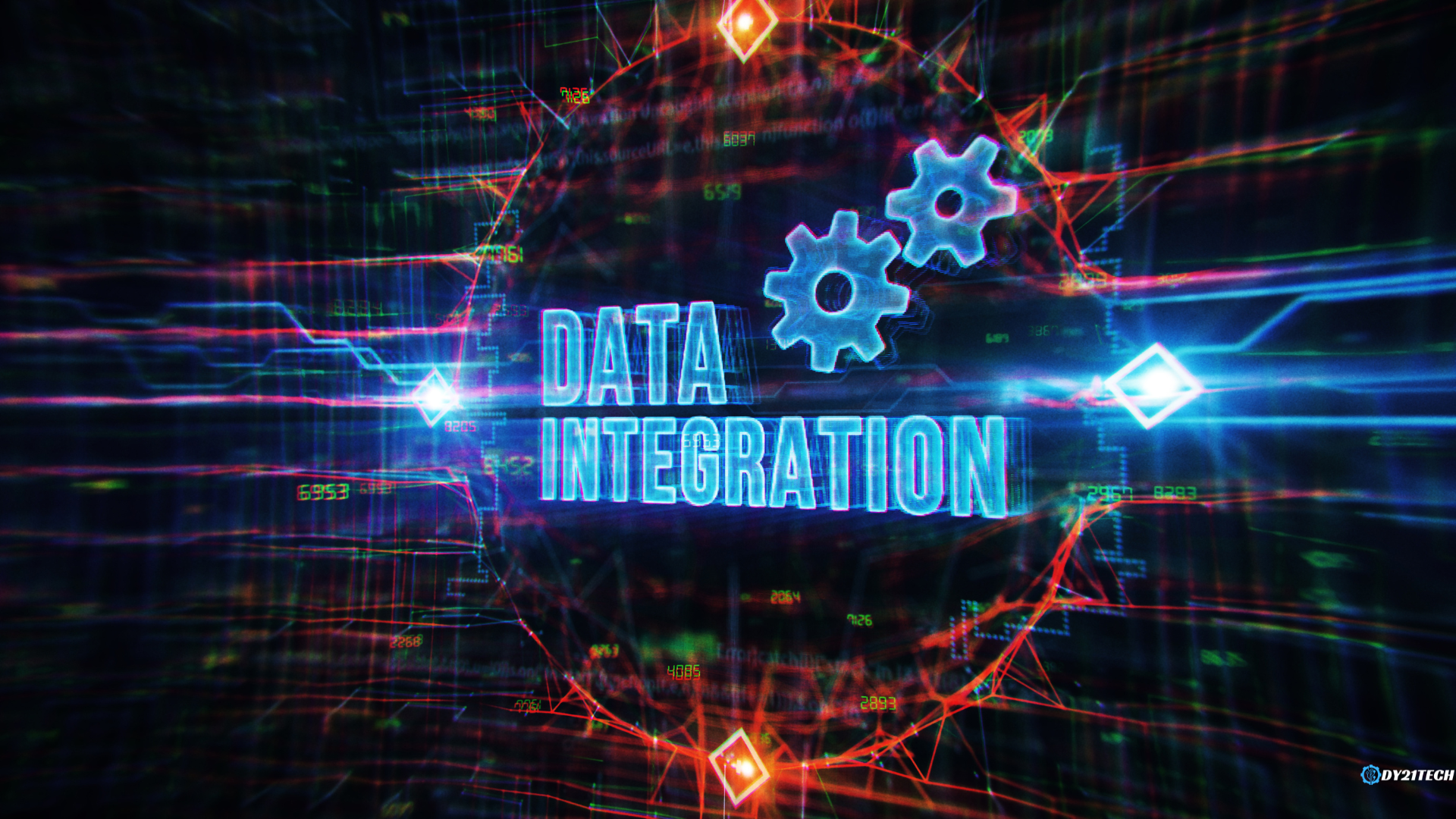Platform Integration
Project Name: Platform Integration
Framework: Multiple (based on integration needs)
Objective: To create a seamless integration framework that connects various platforms and services. This framework enables smooth data flow, synchronization, and interoperability between different software systems.
- Completed Date: 2024-10-10
- Category: Technology
- Client: Hendra Setiawan
- Location: Jakarta Timur, Indonesia
Key Features:
Multi-Platform Connectivity:
- API Integration: Enabling communication between different platforms through RESTful or SOAP APIs.
- Real-time Data Synchronization: Ensuring that data is continuously synced across connected systems.
- Third-Party Service Integration: Connecting with external services like payment gateways, social media, and cloud services.
Authentication & Security:
- OAuth & SSO (Single Sign-On): Providing secure authentication mechanisms across platforms.
- Token-based Authentication: Use of JWT (JSON Web Tokens) to securely exchange information.
- Data Encryption & Secure Communication: Enforcing SSL/TLS for secure data transmission.
Data Transformation & Mapping:
- ETL (Extract, Transform, Load) Capabilities: Pulling data from multiple sources, transforming it, and loading it into target platforms.
- Custom Data Mapping: Defining specific data structures and converting them between systems to maintain consistency.
- Error Handling & Data Validation: Ensuring data integrity by validating inputs and managing errors in data flow.
Automation & Workflow Management:
- Event-Driven Automation: Automating tasks triggered by events such as data updates or system alerts.
- Custom Workflow Creation: Designing workflows that automatically move data between systems based on predefined rules.
- Batch Processing: Managing bulk data processing with scheduled batch jobs for efficiency.
Monitoring & Reporting:
- Real-time Monitoring: Providing dashboards to monitor API calls, data flow, and integration health in real-time.
- Error Logs & Diagnostics: Tracking issues, providing error logs, and offering diagnostics to ensure system stability.
- Custom Reports: Generating detailed reports on platform performance, integration success rates, and overall system health.
Scalability & Performance:
- Load Balancing: Distributing traffic and requests evenly across servers to ensure high availability.
- Horizontal & Vertical Scaling: Ensuring that the integration platform can handle an increasing number of platforms or data volume.
- Caching & Optimization: Implementing caching mechanisms to speed up data transfer and reduce load on connected systems.
Customizable Interface:
- Admin Dashboard: A user-friendly interface for monitoring connections, managing APIs, and overseeing data flows.
- Custom API Gateway: A gateway interface to control traffic and enforce security policies between integrated platforms.
- Flexible Configuration Options: Offering customization for API endpoints, authentication mechanisms, and data transformation rules.
Technologies Used:
- Backend: Node.js, Python (Django), or Laravel (PHP), depending on platform requirements.
- Frontend: React.js or Vue.js for dashboard interfaces.
- Database: MySQL, MongoDB, or PostgreSQL.
- APIs: RESTful, SOAP, GraphQL for communication between platforms.
- Hosting: Cloud services like AWS, Azure, or Google Cloud Platform (GCP) for scalability and performance.
Development Phases:
- Requirement Analysis:
- Gather integration requirements, understand the platforms involved, and assess data flow needs.
- Design & Prototyping:
- Create architecture diagrams and flowcharts to map out data flow, workflows, and API connections.
- Development:
- Set up APIs, implement data transformation rules, and develop automation workflows.
- Testing & Quality Assurance:
- Conduct functional, integration, and load testing to ensure the system works as intended under different conditions.
- Deployment & Maintenance:
- Deploy the integration platform in a production environment and provide ongoing support for updates, troubleshooting, and scaling.
Timeline:
- Initial Development: 2-3 months
- Testing & Debugging: 1 month
- Launch & Support: After 4-5 months
The Platform Integration project aims to create a robust, secure, and scalable integration framework. It ensures seamless connectivity and data flow between multiple systems. This enhances operational efficiency for DY21 Tech.
